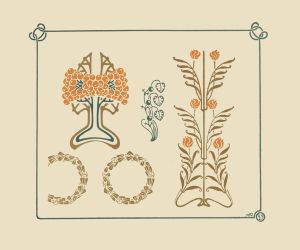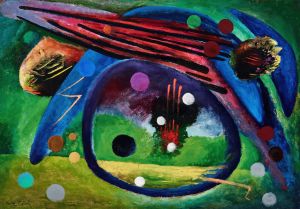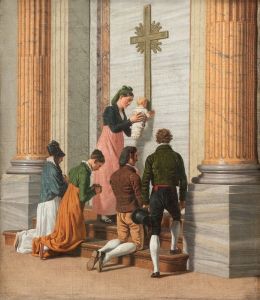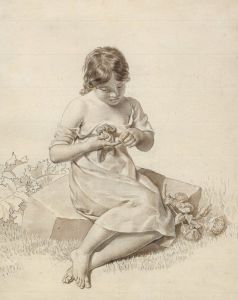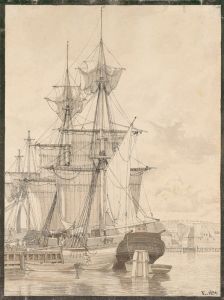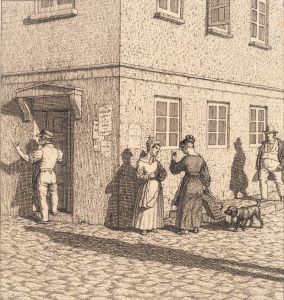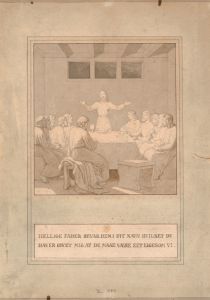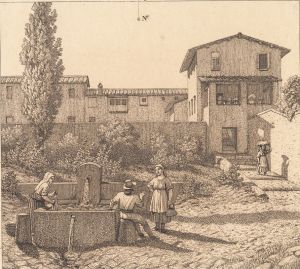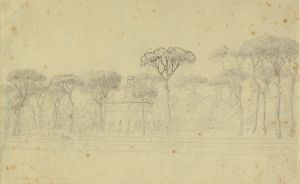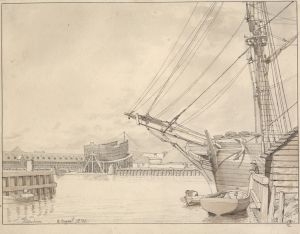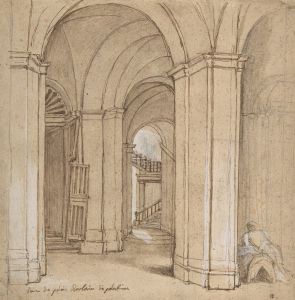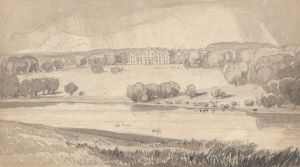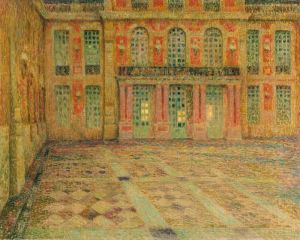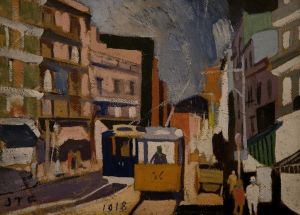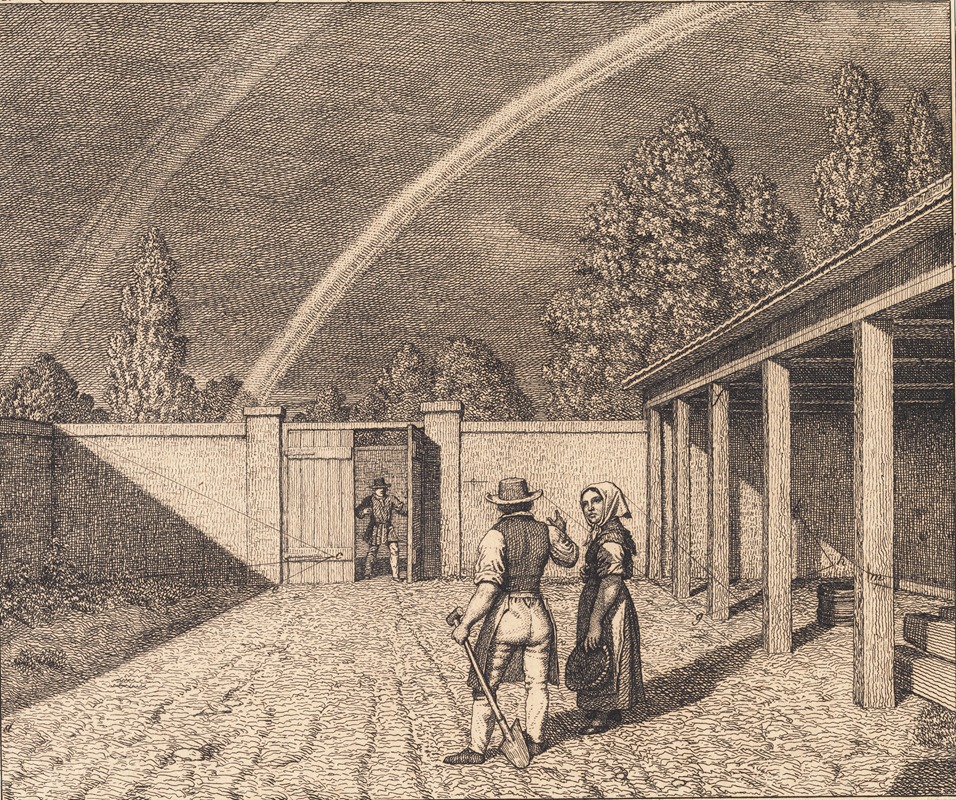
En dobbelt regnbue Illustration til Linearperspectiven , Tavle V
A hand-painted replica of Christoffer Wilhelm Eckersberg’s masterpiece En dobbelt regnbue Illustration til Linearperspectiven , Tavle V, meticulously crafted by professional artists to capture the true essence of the original. Each piece is created with museum-quality canvas and rare mineral pigments, carefully painted by experienced artists with delicate brushstrokes and rich, layered colors to perfectly recreate the texture of the original artwork. Unlike machine-printed reproductions, this hand-painted version brings the painting to life, infused with the artist’s emotions and skill in every stroke. Whether for personal collection or home decoration, it instantly elevates the artistic atmosphere of any space.
Christoffer Wilhelm Eckersberg, often referred to as the "father of Danish painting," was a pivotal figure in the development of Danish art in the 19th century. His work, "En dobbelt regnbue Illustration til Linearperspectiven, Tavle V," is an exemplary piece that reflects his dedication to the principles of linear perspective and his interest in natural phenomena.
Eckersberg was born in 1783 in Blåkrog, Denmark, and he studied at the Royal Danish Academy of Fine Arts in Copenhagen. He further honed his skills in Paris under the tutelage of Jacques-Louis David, a leading French neoclassical painter. Eckersberg's exposure to David's teachings and the broader European art scene significantly influenced his approach to painting, particularly his emphasis on clarity, precision, and the accurate depiction of space.
"En dobbelt regnbue Illustration til Linearperspectiven, Tavle V" is part of a series of works that Eckersberg created to explore and demonstrate the principles of linear perspective. Linear perspective is a mathematical system used by artists to create the illusion of depth and volume on a flat surface. This technique became a fundamental aspect of Western art during the Renaissance and continued to be a critical tool for artists in subsequent centuries.
In this particular illustration, Eckersberg meticulously applies the rules of perspective to depict a double rainbow, a natural phenomenon that occurs when sunlight is refracted, reflected, and dispersed in water droplets, resulting in a spectrum of light appearing in the sky. The double rainbow is characterized by two concentric arcs, with the outer arc displaying the colors in reverse order.
Eckersberg's illustration serves not only as an artistic endeavor but also as an educational tool. It reflects his commitment to teaching and his role as a professor at the Royal Danish Academy of Fine Arts, where he influenced a generation of Danish artists. His approach to art education emphasized the importance of drawing from life and understanding the scientific principles underlying visual perception.
The painting is notable for its precise execution and attention to detail, hallmarks of Eckersberg's style. His ability to capture the ephemeral beauty of a double rainbow while adhering to the strictures of linear perspective demonstrates his mastery of both artistic and scientific principles. This work is a testament to Eckersberg's belief in the harmonious relationship between art and science, a concept that was gaining traction during his lifetime.
Eckersberg's contributions to art extended beyond his own creations. As a teacher, he played a crucial role in shaping the Golden Age of Danish Painting, mentoring artists such as Wilhelm Bendz, Christen Købke, and Martinus Rørbye. His influence is evident in the works of these artists, who carried forward his emphasis on realism, perspective, and the study of light.
"En dobbelt regnbue Illustration til Linearperspectiven, Tavle V" remains an important piece within Eckersberg's oeuvre, exemplifying his dual commitment to artistic excellence and education. Through this work, Eckersberg not only captured a fleeting moment of natural beauty but also provided a lasting educational resource that continues to inspire appreciation for the intersection of art and science.





